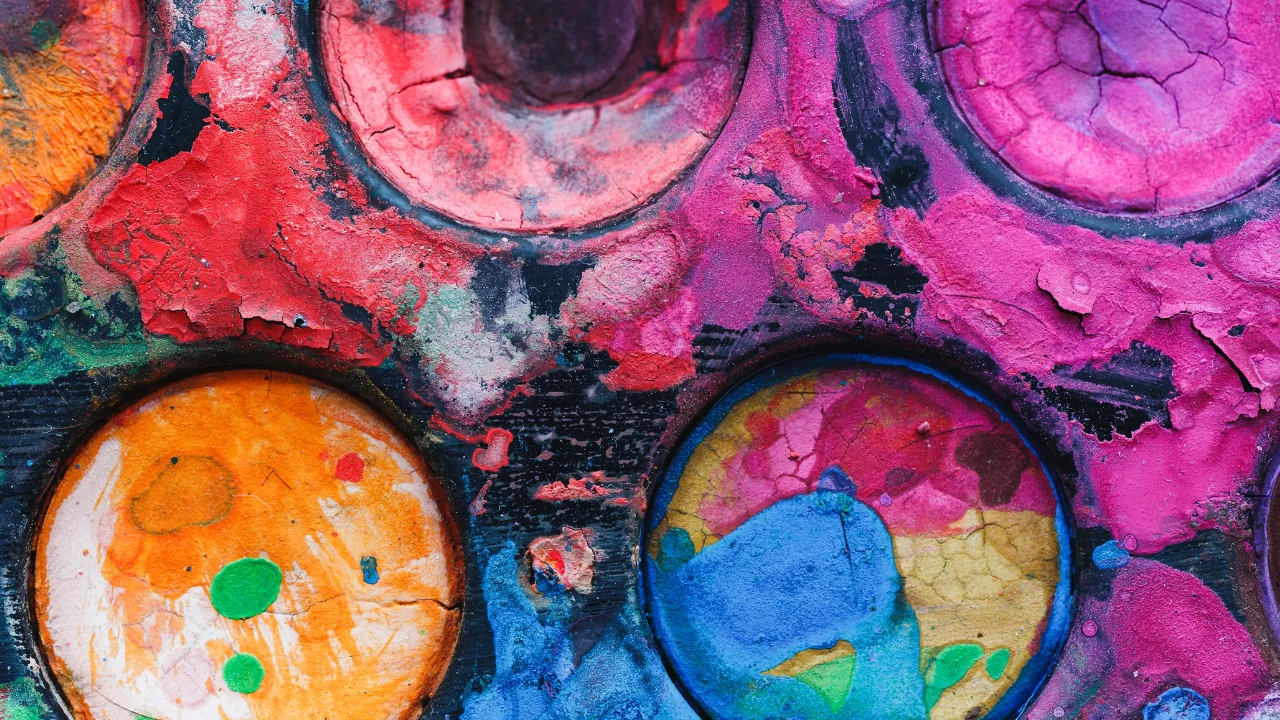The Talent Challenge in Contemporary Art
The fine art sector operates within a paradox. The fine art market generates increasing profits through its $67.8 billion annual revenue (Art Basel) while institutions face difficulties finding and keeping curators, conservators and creative staff who drive this expansion. The art world operates with a prestige economy that uses informal networks instead of corporate career structures, which makes talent recruitment more complicated.
Museum professional retention rates show alarming signs because 42% plan to exit their sector due to unchanging salaries and scarce career growth prospects, according to Arts Council England research. The competition for positions at Tate or Christie’s remains extremely high despite these organisations offering employment opportunities. The present situation requires organisations to develop specialised recruitment strategies which understand the specific motivational needs of art professionals.
This article explores how top-tier galleries together with auction houses and cultural institutions recruit exceptional talent in today’s challenging recruitment environment. Organisations that align their missions with innovative career frameworks and technological advancements will build capable teams to steer the exciting path of the fine art jobs sector.
Redefining Compensation for Art World Realities
The belief that art professionals should work without expecting financial gain does not function as an effective talent recruitment system any more. Arts Professional reports that public institution salaries pay 18% less than equivalent positions in the private sector, yet organisations are developing more complex payment plans.
The Victoria & Albert Museum showed organisations how to execute such a change through its “Pay and Progression” initiative. Through their salary benchmarking process, which combined cost-of-living adjustments with salary band transparency, the institution decreased curator staff departures by 35% throughout two years. Hauser & Wirth has started implementing sales participation schemes that provide staff members with percentage-based rewards from secondary market artist transactions they support.
Employers who wish to attract top talent must provide ongoing education stipends in addition to base pay. The National Gallery supports advanced training programmes through “Conservation Futures” funding for professionals who agree to work multi-year contracts to address skills needs and reduce employee departure. The career development opportunities offered by these programmes equal the importance of initial financial rewards for professionals in the art field.
Building Career Pathways in the Art Industry
The art world’s traditional career development system that depends on unpaid internships and unclear promotion opportunities faces a crisis. The future-focused organisations develop structured advancement systems which allow for sector-specific adaptability.
The Tate Modern has created the “Curatorial Pathways” programme, which outlines precise requirements for staff to move between Assistant Curator positions and Head of Department roles. The framework provides separate career paths that serve both academic development and leadership development needs. The launch of the programme in 2021 led to a 60% increase in applications for entry-level positions with noticeable improvements in diversity statistics.
Auction houses are adopting similar models. The Specialist Development Programme at Christie’s provides its junior staff members with rotational department assignments from Old Masters to Digital Art, which provides comprehensive exposure alongside specific career progression steps. The training programme results in a 50% higher probability of senior-level promotions compared to traditional career progression paths.
These methods demonstrate exceptional effectiveness in maintaining employees at their mid-career stage, since this group tends to depart because of ambiguous professional development paths. Organisations fight against the persistent “mid-level gap” by providing transparent advancement opportunities that lead to achievable career goals.
Balancing Technology with Artistic Integrity
The digital revolution affecting the art world generates multiple obstacles as well as multiple possibilities to attract qualified candidates. The majority of art graduates now have digital competencies, according to University of the Arts London, yet many worry that technological advancements might compromise artistic authenticity. Effective institutions connect technology to its function of facilitating connoisseurship instead of replacing it.
The Royal Academy’s Hybrid Exhibitions Department exemplifies this balance. The teams merge art historians with AR specialists to develop installations that use digital elements to boost physical elements instead of battling them. The organisation presents its recruitment materials with “technology in service of curation” as a philosophy which draws traditionalists together with innovators.
Blockchain initiatives require particular care. When Sotheby’s introduced its NFT specialists team, they created mentor partnerships between technical employees and seasoned auctioneers. The knowledge-sharing programme proved advantageous to both sides by minimising resistance toward new methods and keeping innovative approaches grounded in art historical foundations.
Fostering Communities Beyond the Workplace
Traditional workplaces fail to provide the intellectual stimulation and creative exchange that art professionals seek. The institutions that build these connections obtain strong recruitment benefits.
The Serpentine Galleries established “Friday Salons,” which operate as weekly events where artists and curators, with public members, discuss their ongoing projects to serve as an unexpected recruitment channel. The institution has observed that 30 percent of its recent hires first attended as participants before becoming employees, because they valued the opportunities to meet peers and mentors.
The Barbican maintains “Creative Futures” as its network programme, which brings together emerging professionals through collaborative work across different disciplines. Professional growth for arts professionals occurs through conversations as much as it does through traditional educational programmes.
Aligning Institutional and Individual Ambitions
The modern attraction of top art talent demands innovative approaches that respect the distinctive nature of the sector. The most successful organisations:
-
Create salary systems that understand financial limitations but preserve their core mission
-
Develop organised career development systems that enable workers to explore creative paths
-
Integrate technology to support artistic values by enhancing them rather than replacing them
-
Build communities that transcend conventional workplace relationships
The art world needs institutions that will secure visionary professionals to lead its future development because they will embrace new talent strategies through digital transformation and generational evolution. The institutions need to build systems that unite artistic dedication with professional growth possibilities.





